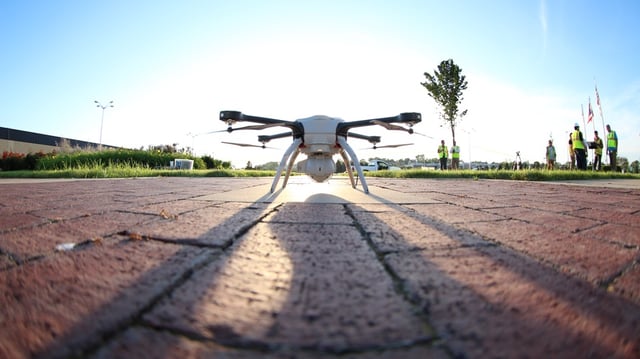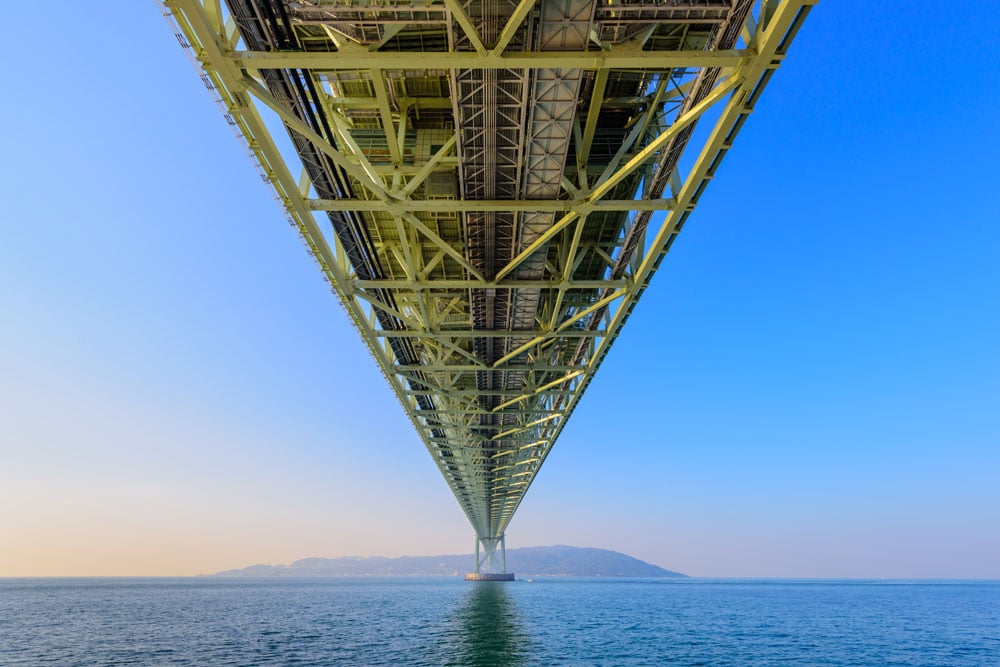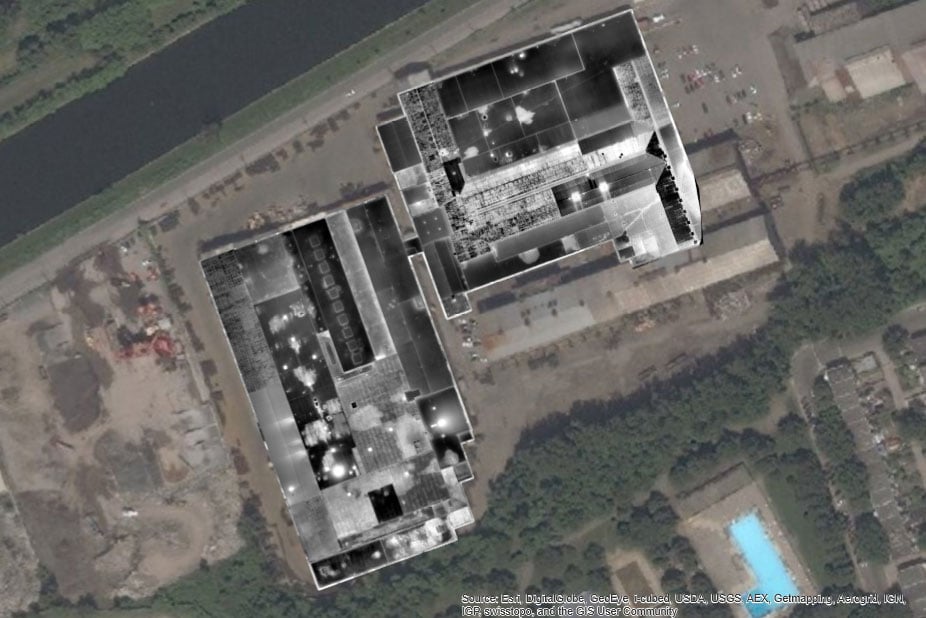 Building inspection allows its owners, potential buyers, insurance companies, and others to know the status of the building structure. The inspections involve visual and thermal checks of the exterior surfaces of the building, and usually carried out determine the status of the structure, and identify if there are any defects or such as water or heat leakages and potential corrosions. However, there are several challenges that may hinder the inspecttion engineers from effectively performing the exercise.
Building inspection allows its owners, potential buyers, insurance companies, and others to know the status of the building structure. The inspections involve visual and thermal checks of the exterior surfaces of the building, and usually carried out determine the status of the structure, and identify if there are any defects or such as water or heat leakages and potential corrosions. However, there are several challenges that may hinder the inspecttion engineers from effectively performing the exercise.
One of these biggest problems with building inspections is accessing the roofs, high walls and other hard to reach exteriors. The available methods are risky, costly and time consuming, such as rope access and scaffolding. This may limit the ability to see and gather detailed data of some parts of the building.
Risk and costs of accessing
In the traditional inspection method, engineers and architects have to spend on the access tools, climbing gear, insurance, and the additional labors for methods such as rope access or swing stages. These and other issues end up driving up the inspection costs. In fact, the high costs of traditional building inspections, which are usually passed on to the home or building owner, have been one of the main reasons most people avoid the exercise.
Risks, such as falling down and others increase as a building become taller. With much taller and bigger buildings, the ladder may not be enough, and the inspector will have to acquire other expensive access and safety equipment. This means that as buildings become complex, it is harder, riskier and more expensive to perform the inspections. Other than falling down when trying to access the roof, other risks include collapsing structures, electrocution by overhead power lines, and others.
The cost of equipment, personnel and insurance policies for the people becomes higher due to the increased risks. And even with all these, the inspectors are still not able to get comprehensive details of some of the surfaces. This is sometimes due to the limitations of how close they can get near the surfaces or structures, tight spaces or lack of access to areas where the climbing gear cannot reach.
How to fix the challenges in building inspections
The conventional methods of accessing some parts of the building are costly and more often risky. However, the new, unmanned aerial vehicle technologies are changing all these. Drones are nowadays being used for a wide range of personal and commercial applications, and have become a safe and cost effective alternative in building inspections.
The drone based inspections eliminate all the risks and high costs associated with the manual or traditional building inspections. Other than the cost reduction, the drones can access almost all the surfaces with ease; capture detailed photos, videos and thermal images. In addition, a drone takes a fraction of the time and cost since there is no need to acquire and mount expensive access equipment.
The drones allow inspectors to safely carry out the analysis without having to send anyone up the ladder, or meet expenses for tools such as scaffolding. It only requires an operator on the ground and a droned programmed to scan the roof in the desired pattern. This minimizes the safety risks for the technicians and people around or within the building.
Capturing hundreds of images from positions that are impossible for a human being, the UAVs can identify problems which a technician would have missed using the conventional means or naked eye. This makes it possible to inspect even the most challenging roofs and structures without leaving the ground.
With the new technologies, the drones are programmed to the precise height and locations where to take photos or a video. This can be done over and over again, especially after a repair so that it provides a comparison of before and after images. For manual inspections, it might not provide the best comparison since the positioning of the camera and the angle may differ with different shots or people.
To get more details, an operator can zoom in the cameras on the defective areas such as where there are cracks, storm damage, corrosion or any other issues. Using the software tools, the images are then combined together to generate an image with all the details, including the hot spots such as cracks and other defects which may require attention.
Conclusion
The drones make gathering the building inspection data safe, faster and less costly compared to the traditional risky methods where someone must climb the building to access the roof and tall walls. By allowing the inspector to safely access the roof data, the drones minimize the cost, risks and time associated with building inspections.

Tags
Building Inspections



